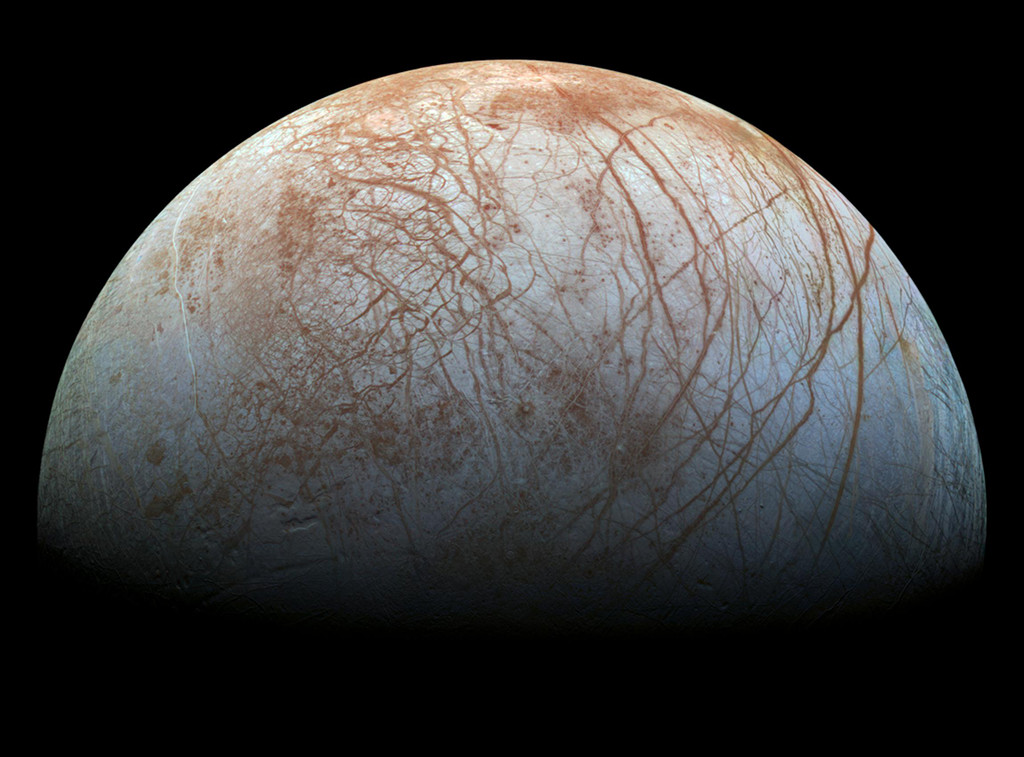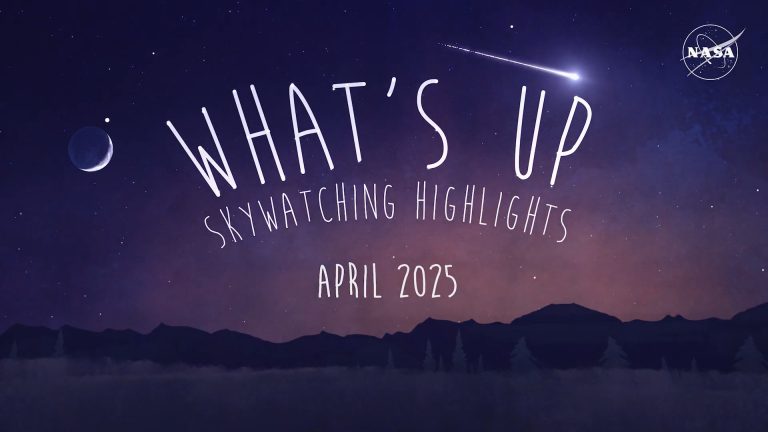2019 November 29
Galileo’s Europa Remastered
Image Credit: NASA, JPL-Caltech, SETI Institute, Cynthia Phillips, Marty Valenti
Explanation: Looping through the Jovian system in the late 1990s, the Galileo spacecraft recorded stunning views of Europa and uncovered evidence that the moon’s icy surface likely hides a deep, global ocean. Galileo’s Europa image data has been remastered here, using improved new calibrations to produce a color image approximating what the human eye might see. Europa’s long curving fractures hint at the subsurface liquid water. The tidal flexing the large moon experiences in its elliptical orbit around Jupiter supplies the energy to keep the ocean liquid. But more tantalizing is the possibility that even in the absence of sunlight that process could also supply the energy to support life, making Europa one of the best places to look for life beyond Earth. What kind of life could thrive in a deep, dark, subsurface ocean? Consider planet Earth’s own extreme shrimp.
木卫二的重制影像
影像提供: NASA, JPL-Caltech, SETI Institute, Cynthia Phillips, Marty Valenti
说明: 1990年代在木星系统内打转的伽利略号太空船,记录了许多木卫二的精采影像,据而发现这颗卫星冰封的表面之下,可能藏着一个全球性的海洋。上图呈现使用更佳校准技术重制的伽利略号彩色影像,以近似人类肉眼实际可能见到的色泽。木卫二的长弧状龟裂,暗示表面之下有液态水。而这颗大卫星,在绕木星椭圆轨道上所受到的引潮力搓揉,则是液态海洋得以存在的能量源。但更引人遐想的是:在暗无天日的海洋里,这种过程或许也提供生命滋长所需的能量,因而让木卫二成为地球之外寻找生命的最佳天体。在暗无天日的黝黑次表面海洋里,有那种生物能够繁衍?或许地球的嗜极虾可供参考。







